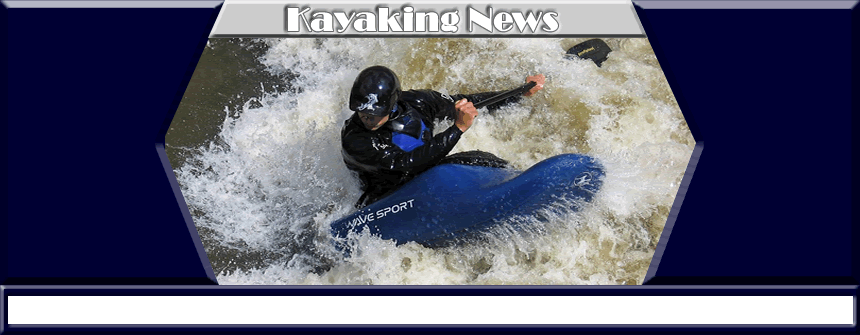|
Kayaking, The Expedition
Kayaking/Canoeing
A kayak is a small human-powered boat. It typically has a covered deck, and a cockpit covered by a spray skirt. It is propelled by a double-bladed paddle. The kayak was originally developed by native Aleut and Inuit hunters in sub-arctic regions of North America and Greenland. Modern kayaks come in a wide variety of designs and materials for specialized purposes.
Kayaks may accommodate one, two, or occasionally three paddlers who sit facing forward in one or more cockpits below the deck of the boat. The spray skirt or similar waterproof garment attaches securely to the edges of the cockpit, preventing the entry of water from waves or spray, and making it possible in most styles of boat, to roll the kayak upright again without it filling with water or ejecting the paddler.
Kayaks differ distinctly in design and history from canoes, which are more flat-bottomed boats propelled by single-bladed paddles, although some modern canoes may be difficult for a non-expert to distinguish from a kayak. Kayaks are often called canoes in several countries like Great Britain and Ireland.
Origins
Kayaks (Inuktitut: qajaq , Inuktitut syllabics) were originally developed by the Aleuts and Inuit indigenous peoples living in the Arctic regions of North America and Greenland, who used the boats to hunt on inland lakes, rivers and the coastal waters of the Arctic Ocean and the North Atlantic and North Pacific oceans. These first kayaks were constructed from stitched animal skins such as seal stretched over a wooden frame made from collected driftwood, as many of the areas of their construction were treeless. Archaeologists have found evidence indicating that kayaks are at least 4000 years old.
Though the term "kayak" is now used broadly for this class of boat, native people made many different types of boat for different purposes. The baidarka is double or triple kayak developed by indigenous cultures in Alaska and was used for hunting and transporting passengers or goods. An umiak ("women's boat") is a larger open decked boat ranging from 17 feet to 60 feet, made with seal skins and wood. It was paddled with single bladed paddles and typically had more than one paddler. It is thought the kayak originally started out as a decked over umiak and evolved into its traditional form.
The word "kayak" means "man's boat" or "hunter's boat", and native kayaks were a very personal craft, built by the man who would use them (with assistance from his wife, who would sew the skins) fitting his measures, for maximum maneuverability. The skin jacket of the hunter was then sewn into the skins of the kayak, to create a waterproof seal.
The builder used found materials and anthromorphic measurements, using his own body, to create a kayak conforming closely to his own body. For example - typically the length was three times the span of his outstretched arms. The width at the cockpit was the width of the builder's hips plus two fists (and sometimes less). The typical depth was his fist plus the outstretched thumb (hitch hiker). Thus typical dimensions were about 17 feet long by 20-22 inches wide by 7 inches deep. This measurement style confounded early European explorers who tried to duplicate the kayak because each kayak was a little different.
Because the user was sewn in, the boat was almost like a piece of clothing 'worn' by the boater. This meant that what is now known as a 'wet exit' (getting out of a kayak that has overturned, righting it, and getting back in) was impossible, leading to the importance of the eskimo roll maneuver, where the kayak is righted without leaving the cockpit. |
|
